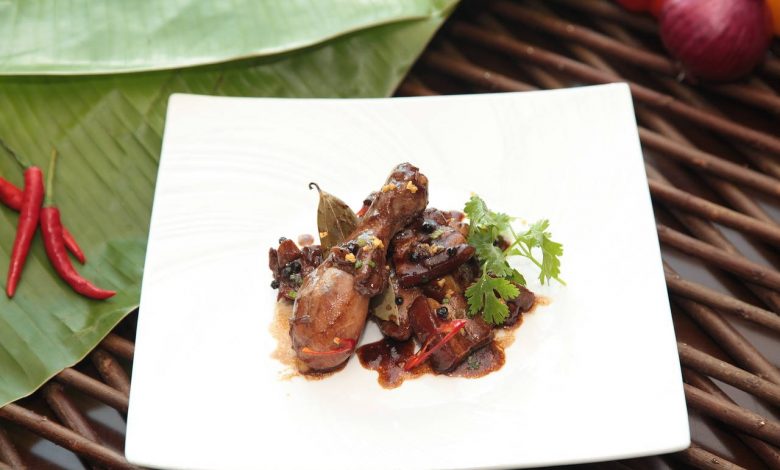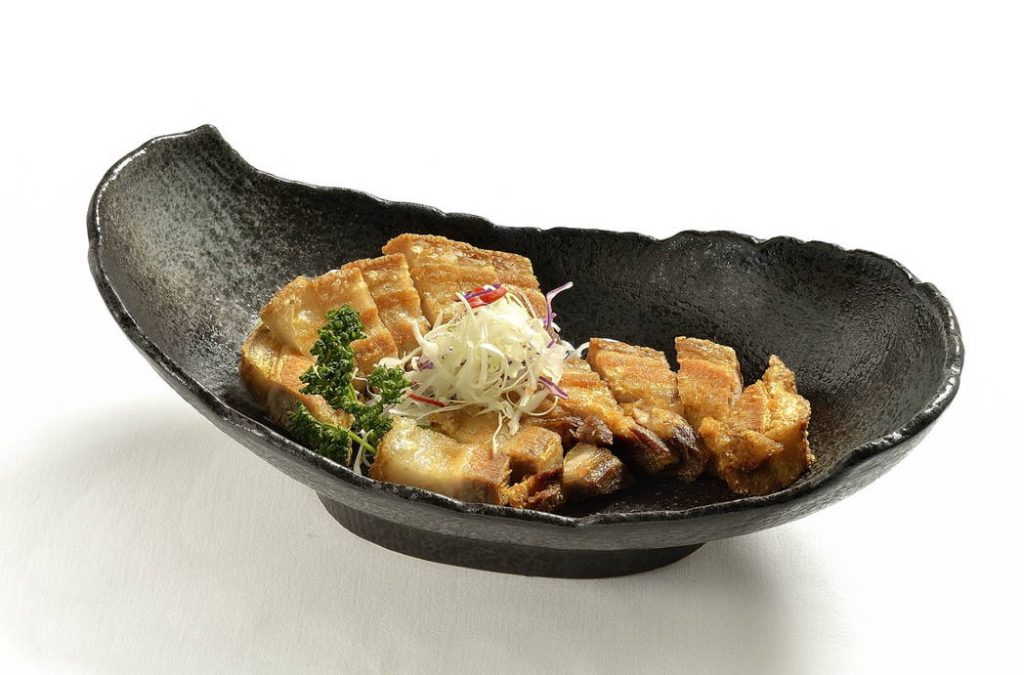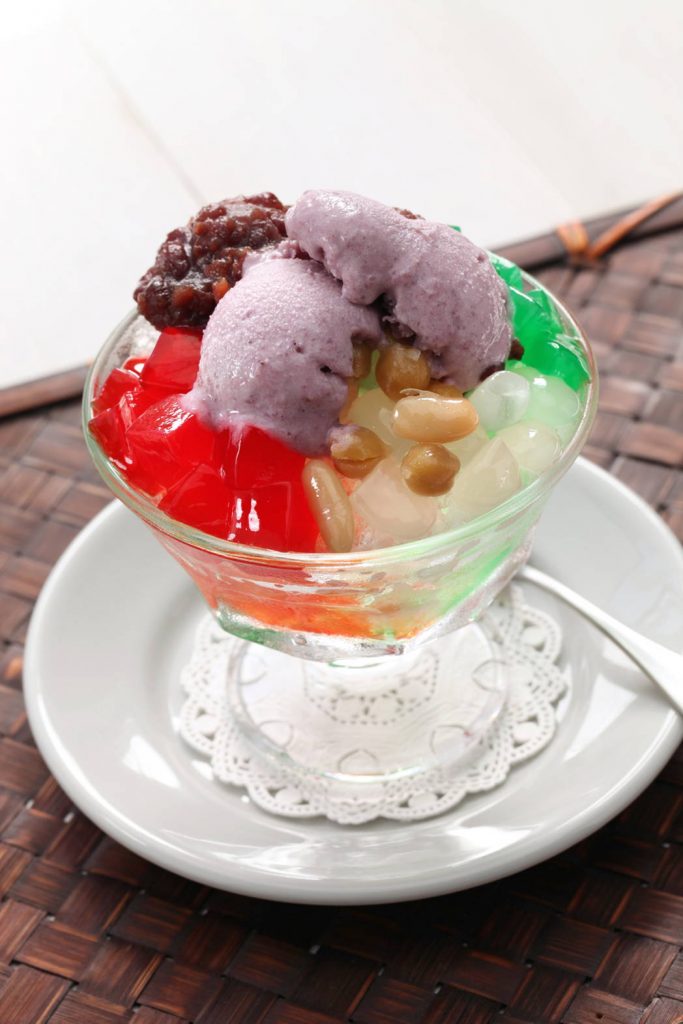
The Philippines may be an archipelago of over a thousand islands with a culture that is just as diverse, but one thing is for sure: Filipinos, from the tip of the Batanes Islands to the islets in Jolo, Sulu share an unwavering love for food.
With a long history of foreign occupation, Filipino food is a result of a fusion of Indo-Malay-Chinese and European cuisine–with tweaks to satisfy the local palate. Ever heard of banana ketchup, anyone?
When it comes to well known Filipino food, an influx of soy-sauce drenched food immediately come to mind. Of course, the famous ube halaya cakes and lumpia might be served in Filipino gatherings anywhere in the world too. However, there are three Filipino food that can be considered as national food as they bring in a branding that is very Filipino.
Lechon
Truly a crowd favorite–lechon, which literally means “roasted” has always been the centerpiece of important Filipino parties. Although technically, it could be any type of roasted meat, the term “lechon” usually refers to a whole spit-roasted pig. The hallowed carcass is usually stuffed with a mix of aromatics that give the meat a tender and succulent texture while the skin becomes nicely crisped and crunchy. Hours and hours of turning over a slow fire and brushed non-stop with a mixture of herbs and oil makes lechon a special treat that many Filipinos look forward too.
It is very popular in the pork-eating parts of the Philippines and is often the main attraction of celebrations, from birthdays to weddings, even funerals. Where there is a large gathering of Filipinos, you will often find a whole roasted pig at the center of a colorful banquet. High in calories, cholesterol, and saturated fat, yes, but lechon is so sinfully good that many Filipinos, could not get away from its tempting clutches. Best eaten with piping hot rice and with a spicy sweet sauce or alone as “pulutan” for after-dinner drinks, lechon really is an icon for Filipino celebration.

Adobo
With different varieties to adapt to the culture and taste of the different parts of the Philippines, adobo is, arguably considered as the official “National Food of the Philippines”. As diverse as Filipino culture in itself, adobo is actually not native to the country but was brought Spanish colonizers about half millennia ago. The term “adobo” comes from Spanish “adobar” meaning to marinate is quite literally, just marinated meat cooked in, the very basic, soy sauce and vinegar with aromatics of onion, garlic, bay leaf and peppercorns until the outer part of the meat is well browned while the inside is just a party of melt-in-your mouth deliciousness.
The basics are usually the same, but its preparation depends on the region. While some areas prefer fatty pork parts, some tend to use chicken as the main protein ingredient in the dish. Other ingredients may also vary as the regions add in their specialties like young coconut, coconut milk, sugar, chili pepper to add a spicy twist and so much more. The dish really is a representation of how diversified Filipino culture is.

Halo-halo
Filipinos are also known for their sweet tooth and their craving for something sweet after a satisfying meal to tie it all together. The Philippines boasts a variety of desserts and sweet delicacies that gives you that exact feeling of fulfillment. But nothing says more Filipino than the Anthony Bourdain – acknowledged halo-halo. Literally, “halo-halo” means mixed, and it is indeed a mixture of fruity, sweet goodness topping crushed ice and sweetened milk. It usually includes whatever tropical fruit is in season, sweetened beans and corn, colorful balls of tapioca, boba pearls and coconut jellies, a sprinkle of cornflakes or rice crisps for texture, some ube halaya, a slice of leche flan, a scoop (or more) of ice cream, and the ever famous rolled wafer. The fun is in getting a long spoon to mix it all together for a delicious slush that cools you down and gets you sugar-high!

